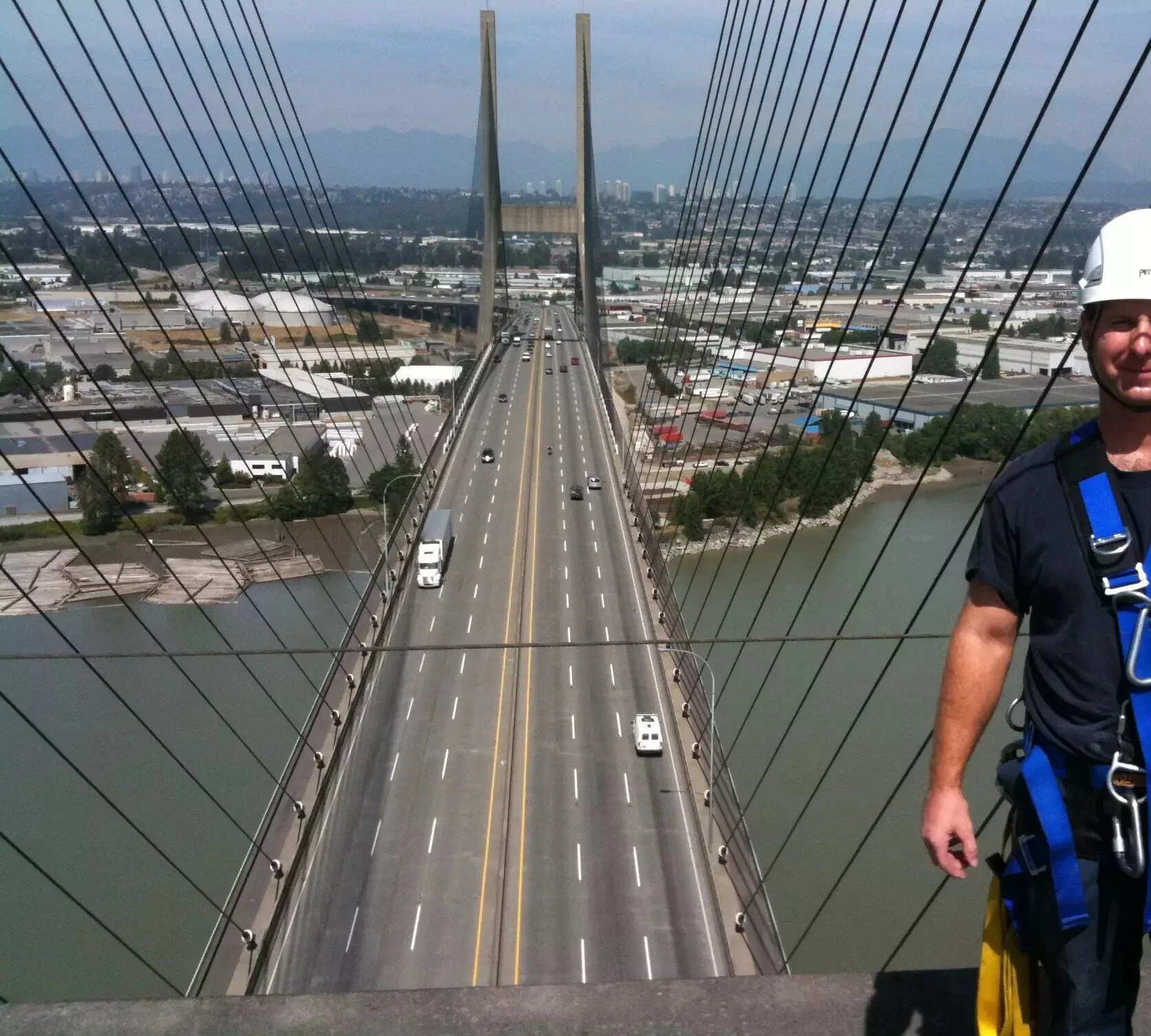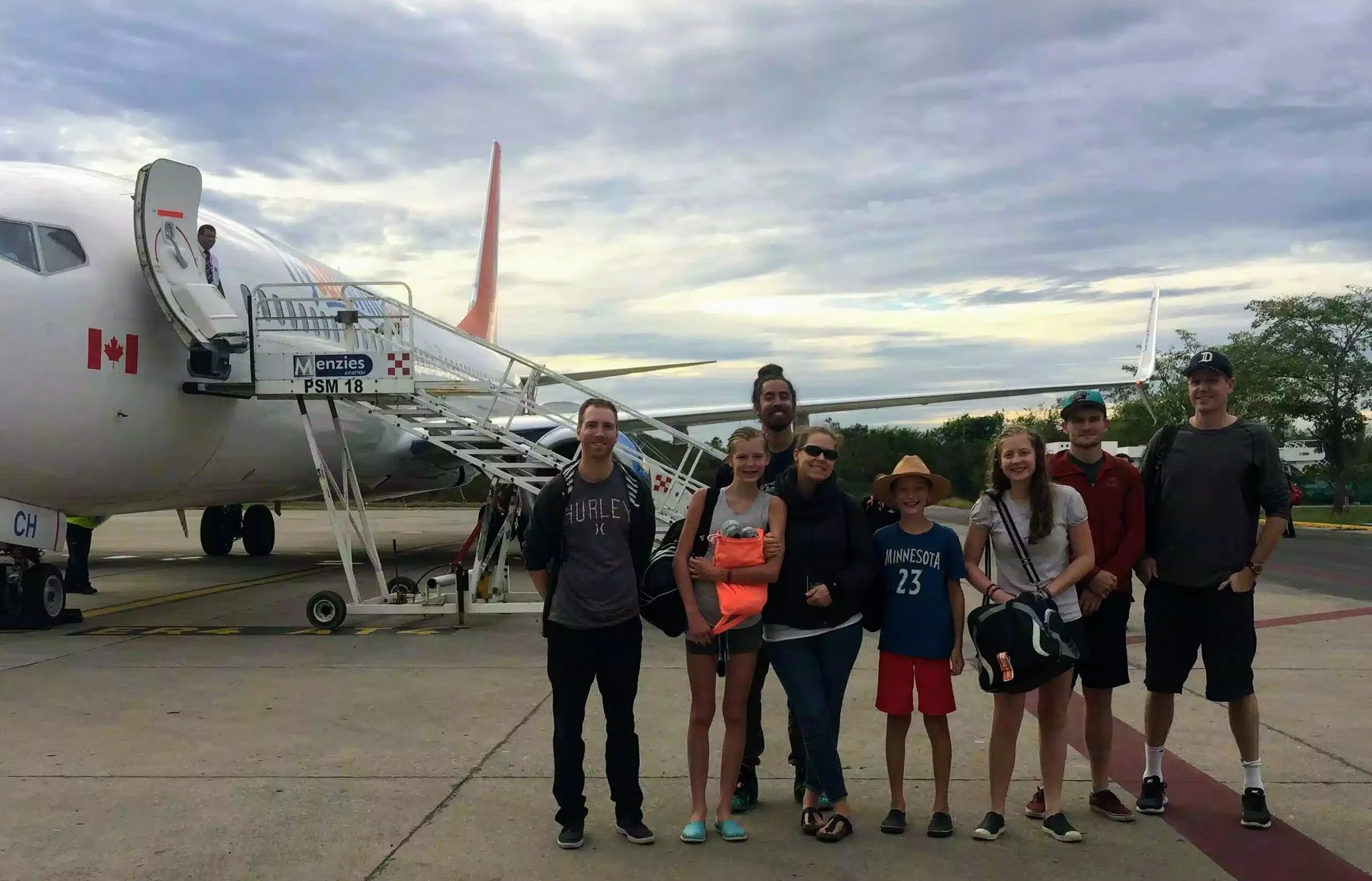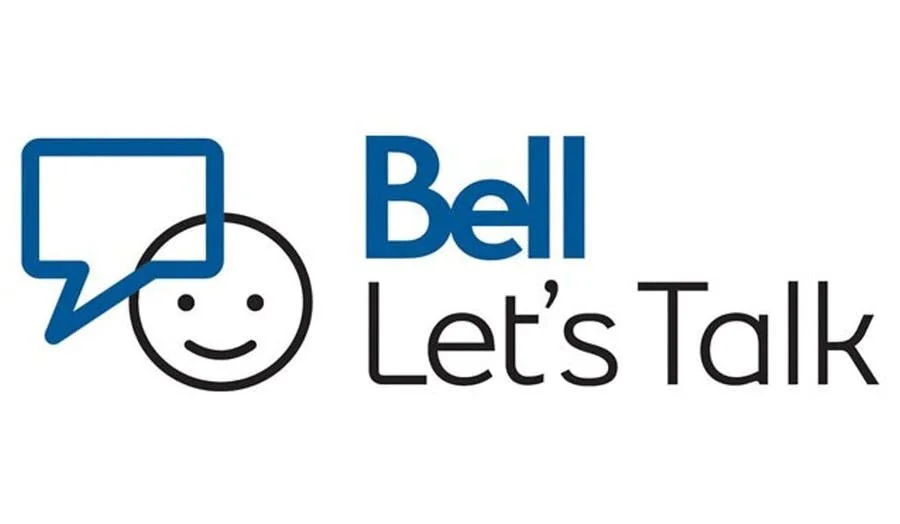What are the real risks of COVID-19 for our children?
In my more than a decade as a firefighter, I got pretty used to seeing plenty of illness, accidents and death. After my first couple of years, I’d seen enough crazy things that I was relatively immune to shock and sadness on the job.
However, responding to a dying or dead child was always different. It was the parents’ tortured screams that got me most.
For most of my career I was raising three young kids myself, so when I’d arrive on scene and hear a mom or dad wailing inconsolably, I’d instantly relate to what that pain must feel like. After all, I’d grown up with a sister who had a tragic accident at 10 years old and knew what that loss felt like and what it would do to the family going forward.
As hard as the accidental calls were, they weren’t nearly as emotionally difficult for me as were the calls responding to a child taking his/her own life. Something in the parents' screams let me know that the pain was even worse when their child decided to take his/her own life than when fate took it from them.
Driving with my son at work.
Several years working under the Alex Fraser Bridge opened my eyes to a problem that is much bigger than most of us are ever aware…youth mental health. Although I’d feel deep sadness for the child lying at our feet, it was the times when the parents were on scene that I’d find the very hardest. My heart would ache, and still does, thinking about the journey of suffering the family is just starting out on. For most parents, this wasn’t a risk they were really aware of or prepared for, and the shock is intense.
Getting ready with my repelling partner on the Alex Fraser bridge
As a parent, we are always acutely aware that there are risks in raising our children. While we try to minimize them with baby gates, vaccines, car seats, helmets and lots of stories about the dangers that lurk on the stovetop or in the dark woods...we also know that it’s our job to prepare our kids to minimize and then accept those risks and live anyways.
Yes, we want our kids to be safe. However, we also want them to learn, to grow, to go on adventures and eventually live full lives of their own. They can’t do this in their playpen, free from every risk in the world.
At first it’s really scary, but most of us adapt. We realize our kids are more resilient and tougher than we initially thought. They fall and scrape their knees. They cry their eyes out...and 5 minutes later they’re back playing like it never happened.
They grow up and go off to school where they are surrounded all day by other kids with colds, flus, chicken pox or other viruses. They’re hanging out with other young kids, some of whom are dumb, persuasive and who suggest ideas like trying to ride a bike with no hands, or climb or jump off things...or worse.
Later our kids are hopping in cars going to games that require driving on winter roads without dividers....or with their friends who just got driver's licenses of their own.
We get used to the risk. We have to. After all, we can not completely eliminate risk and live a happy, healthy and full life.
My son found sleeping was the hardest part of healing up from falling off his bike.
As parents who are preparing our kids for independence, we know a big part of our job is teaching kids how to evaluate risk on their own. After all, we can’t always be with them to tell them not to hop in that car with a drunk friend...we depend on them developing their own filters and judgement.
What tools do we give them to evaluate risks? Most of us, in modern times anyways, teach our children to reason for themselves. Use logic, reason...and whenever possible, science and statistics to figure out risk. Yes, a plane can plummet out of the sky and kill everyone on board. Yes , they can be scary because of this fact. However, statistics tell us that flying is incredibly safe and accidents are very unlikely, so we teach our children to put away their fears and travel to Mexico for a family vacation anyways.
My kids were happy to put any fears of flying aside to go to Mexico with the Split Second coaching team.
But what happens when a brand new danger appears and we don’t have science or statistics to evaluate? How do we then make these risk evaluations?
Based on our response to COVID-19, we approach new dangers like this with great caution. With limited understanding of a new, highly transmissible virus that can kill people, it makes sense for the world to all take a step back, isolate from each other and assess the situation. After all, stepping back from our daily activities would give us a chance to slow the spread and allow our doctors and scientists a chance to understand what the real risks are, how it’s transmitted...and just as importantly...how it’s not transmitted. Until risks could be understood and mitigated, it was the most logical thing we could do to step back.
We had leaders all across the world come out and repeat this same message. Stay calm, stay safe, stay apart. In February of 2020 we put our trust in these leaders because there was limited science and no statistics to follow.
However, it is now 2021 and the medical community has learned a lot about how to treat , vaccinate and protect against COVID-19. There are plenty of studies and statistics about how it is spread, who is dying from it and what we should do to eliminate our risks.
The science clearly shows that children have very little to fear from COVID-19. Healthy children without other severe complications do not appear to be easily infected with the virus …and if they do, they rarely have severe symptoms and almost never require hospitalization. Statistics show that non-symptomatic children are very poor transmitters of COVID-19.
Every day in BC, more than 700,000 children go to school where they sit in close proximity to each other, compete in games in PE and socialize at recess, lunch and after school. Even with this close contact and masks not mandated until February, there have only been a handful of transmissions in BC schools. The majority of these school transmissions have come from adult staff, not the children themselves.
These stats the government has been willing to share. They won’t share statics around transmissions through youth sport despite how often we have asked. We know the government has statistics because they have done contact tracing for every transmission over the last year. Although we have heard the government say that “youth sports hasn’t been a significant source of transmission”, they will never come out and say how many transmissions can be attributed to 2 individuals coming into contact on the court, or field, or rink.
We strongly suspect that statistics aren’t being shared because they will show that the danger of transmission from well organized/supervised youth sports are incredibly low. The story these stats tell doesn’t line up with the government message of directing children to cease competition and train 10 feet apart. The stats don’t line up with the government message of fear and death and the importance of isolation…so they aren’t discussed in the daily press briefings.
Most of us have known for some time that the government has been using political considerations not science or statistics to guide decision making. We knew it last summer when our massive provincial parks were closed but night clubs and restaurants were operating like nothing had changed. We knew it when the government approved school board plans to cut in-person education to fewer than 9 hours a week, while buses, Skytrains and Costco warehouses were packed with strangers standing shoulder to shoulder. We knew it when professional athletes could fly all over the country to play games while our kids were forced to keep 10 feet apart from their teammates all practice long.
Despite the fact that so many of the personal restrictions we are currently under came only a couple of weeks after a provincial election, there is no reason to suspect poor intentions from our government. There is no doubt that they are generally working hard to reduce the risk of COVID-19 transmission, so let’s give them the benefit of the doubt that they are well meaning. However, in their effort to “align” restrictions across things like church services, weddings, theatres….and children’s activities….our government is making a massive mistake by not taking into consideration the unique impact on our children.
Our children are vulnerable. They are not the same as adults. They deserve better than living under restrictions meant to “align” government messaging instead of meaningfully reducing COVID deaths. Split Second has and will continue to follow protocols laid out by the provincial Return to Play plan. However, we feel strongly that our government either needs to present clear evidence to support these restrictive policies or move towards allowing youth competitive sport to safely resume.
As the COVID-19 restrictions approach the one year mark, they represent a much larger percentage of children’s living memory, and thus have a much greater impact on their perception, hopes and belief for what their future holds. Also, children have a much smaller window of opportunity to enjoy their high school experience, whether that’s just playing on the school team or pursuing post secondary scholarships.
Most of us don’t see the silent effects of declining mental health in youth. We keep it hidden, out of the news, out of sight. The provincial government certainly doesn’t come on the daily news to advertise the number of serious mental health incidences there are in the province each day. I’m sure many of them would prefer I didn’t discuss these issues here either.
However, in my past, I saw too many children take their own lives…and I currently see too many children having additional, unnecessary suffering as a result of government restrictions that aren’t designed to protect them. I personally know children who have been hospitalized as a result of declining mental health caused by the restrictions around sport. Even for those children for whom the effects are less acute, we have very little idea about what the long term impacts will be on their lives.
We need to speak up. I am making my voice heard by emailing our government. I hope that you' will join me.
With 4 straight months of declining COVID-19 transmissions without any easing of restrictions, our government has shown us that they will not improve conditions for children without pressure from the public. I believe strong advocacy from parents and the players themselves is the only way we can make our government understand the impact of their restrictions and make appropriate changes.
It was only with pressure from thousands of people that our provincial government finally dealt with the fact that the Vancouver School Board was breaking provincial laws by not providing the minimum mandatory instructional hours. The last year shows clearly that our government won’t do the right thing for youth sports until they hear your voices.
I ask that you and your kids join me in writing Bonnie Henry (ProvHlthOffice@gov.bc.ca) and John Horgan (john.horgan.mla@leg.bc.ca), and send a copy to us (blind carbon copy to Bcparentsforsport@gmail.com), to let them know the impact of their restrictions on your children’s lives. In your email, ask them to allow children to safely return to Viasport Phase 3 which allows for competitive play within cohorts. Let them know that there is risk in everything we do in life and we have learned to use medicine, science and statistics to decide whether activities are safe for us and our loved ones. Let them know that you think the real risks they currently face are missing their window of opportunity and dealing with declining mental health due to the unnecessary guidelines.
Please share this with anybody in your network who would like to advocate for our children.
Sincerely,
Eric Butler
CLICK BELOW TO READ SOME STATISTICS ABOUT THE IMPACTS OF COVID-19 ON YOUTH MENTAL HEALTH FROM A RECENT NY TIMES ARTICLE
https://www.nytimes.com/2021/02/23/health/coronavirus-mental-health-teens.html










